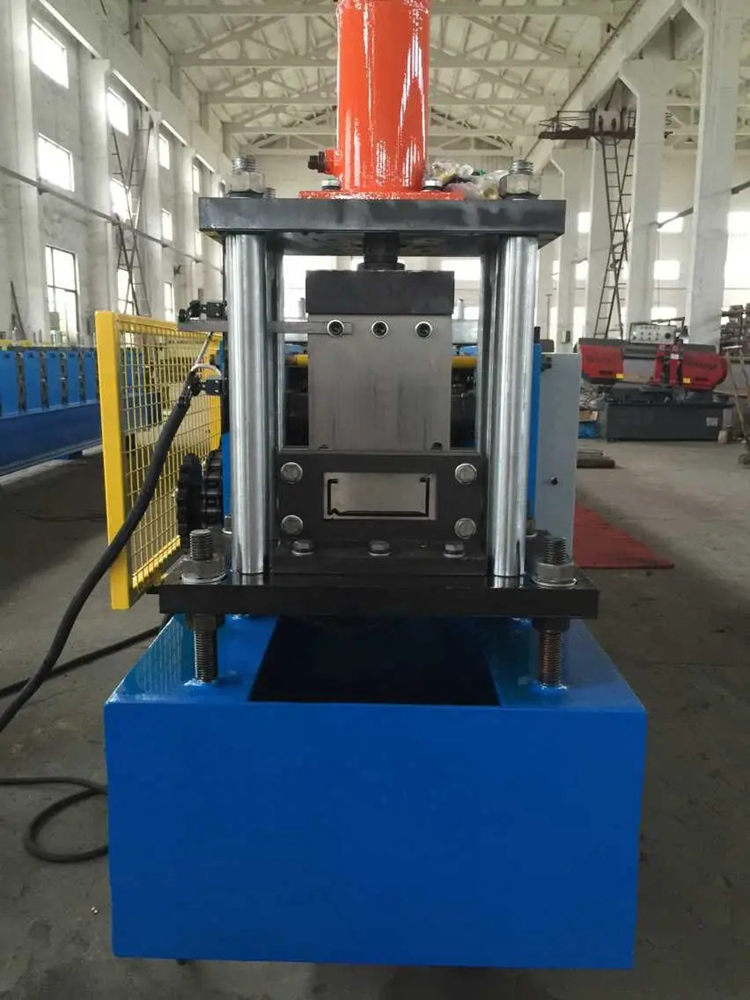
Understanding Cold Roll Forming Machines for Drywall Components
Cold roll forming is a crucial manufacturing process in the construction industry, particularly in producing structural components and metal profiles for drywall systems. One of the essential applications of cold roll forming machines is in the production of C channels, main channels, and wall angles. These components play a significant role in the integrity and functionality of drywall installations.
What is Cold Roll Forming?
Cold roll forming is a process where flat metal strips are passed through a series of rollers to shape them into specific profiles without applying heat. This technique is widely favored for its efficiency and the precision that it offers. The result is high-strength, consistent metal components with minimal wastage, making it an ideal choice for creating elements like C channels that are essential for constructing drywall frameworks.
Importance of C Channels in Drywall Construction
C channels, often referred to as studs in drywall applications, provide the necessary support structure for walls. They are used vertically and horizontally to form the skeleton of the wall, allowing for the mounting of drywall sheets. These channels are designed to be lightweight yet durable, capable of withstanding a considerable load while preventing warping. Cold roll forming machines are instrumental in ensuring that these C channels maintain uniform dimensions and strength across different batches of production.
Main Channels and Wall Angles
In addition to C channels, cold roll forming machines also produce main channels and wall angles, which are critical for drywall construction. Main channels serve as the horizontal support elements that connect vertical studs, ensuring structural stability. Meanwhile, wall angles provide a clean finish at the corners where drywall sheets meet, enhancing aesthetic appeal while also contributing to the overall strength of the installation.

The Role of Technology in Cold Roll Forming
Modern cold roll forming machines integrate advanced technologies that enhance production efficiency and precision. Features like computerized control systems allow for rapid adjustments in the manufacturing process, enabling quick changes to the profiles being formed. This flexibility is particularly beneficial for manufacturers responding to diverse customer needs and specific project requirements.
Additionally, these machines often include features for in-line inspection and quality control, ensuring that each component meets stringent specifications. Automated systems reduce manual errors, improving overall product quality and consistency.
Sustainability and Cost-Effectiveness
Cold roll forming is not only efficient but also environmentally friendly. The process generates minimal waste compared to traditional fabrication techniques, and the materials used are often recyclable. This aligns with the growing trend in the construction industry toward sustainability.
Moreover, the cost-effectiveness of cold roll forming machines is clear. By producing high volumes of standardized components quickly, manufacturers can reduce operational costs and pass those savings onto customers. As the demand for drywall systems continues to rise, the efficiency of cold roll forming will be invaluable.
Conclusion
In summary, cold roll forming machines are pivotal in producing essential drywall components like C channels, main channels, and wall angles. Their ability to create high-quality, durable, and cost-effective products makes them an indispensable tool in the construction industry. As technology advances, the capabilities of these machines will only improve, further enhancing their role in the efficient production of drywall systems that meet the demands of modern architecture. Whether you are a builder, contractor, or manufacturer, understanding cold roll forming and its applications will undoubtedly provide insight into the future of drywall construction.